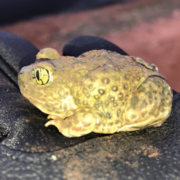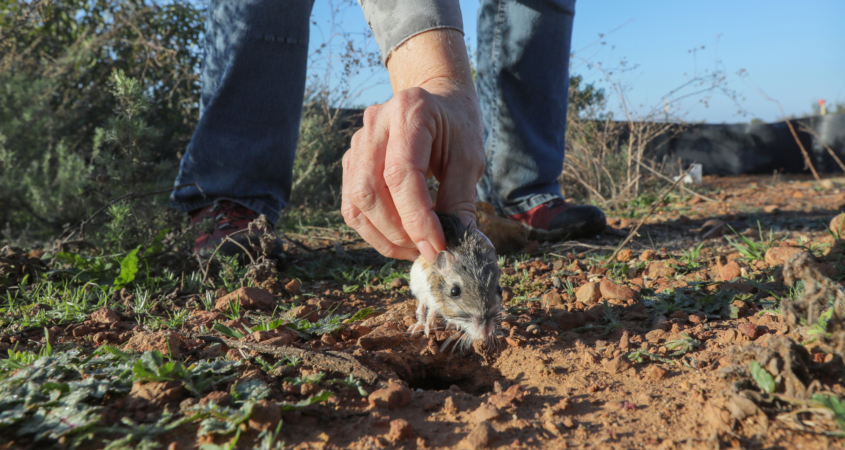Construction in Mission Trails to Improve Regional Infrastructure
When Mission Trails Regional Park reopens and visitors return, they may notice an increase in construction traffic and activities in and near the western portion of the park as the San Diego County Water Authority improves a portion of its regional water delivery system.
The Water Authority has begun work to construct a new underground reservoir and flow control facility. The facilities are part of the Mission Trails Project, a suite of projects that mostly were completed in late 2010 to improve regional water infrastructure.
Completed components include construction of a pipeline tunnel, demolition of most above-ground vent stacks in the park, and construction of a stabilized crossing at the San Diego River.
New underground flow regulatory structure
The new underground flow regulatory structure, or covered reservoir, will help regulate untreated water flows in the regional water delivery system. It will hold up to 5 million gallons of water. The reservoir will be covered with soil and vegetation, except for several above-ground access hatches and vents that will allow for air movement in and out of the reservoir. A new flow control facility and pipeline interconnections will also be constructed as part of this project.
Pre-construction work to prepare the site has already started. The project construction is scheduled to end in early 2022.
Construction vehicles will use Clairemont Mesa Boulevard, Calle de Vida, Portobelo Drive, and Antigua Boulevard to access work areas in the park. Some trails leading to the site in the western portion of the park will be closed. For instance, the trail that begins at the intersection of Calle de Vida and Colina Dorada Drive will be closed to allow large construction vehicles and traffic to safely pass through the park. Additionally, parking at the eastern end of Clairemont Mesa Boulevard will be limited to accommodate project field offices and equipment staging.
For more information about either project, go to www.sdcwa.org/mission-trails-FRS, call the toll-free project information line at 877-682-9283, ext. 7004, or email .





